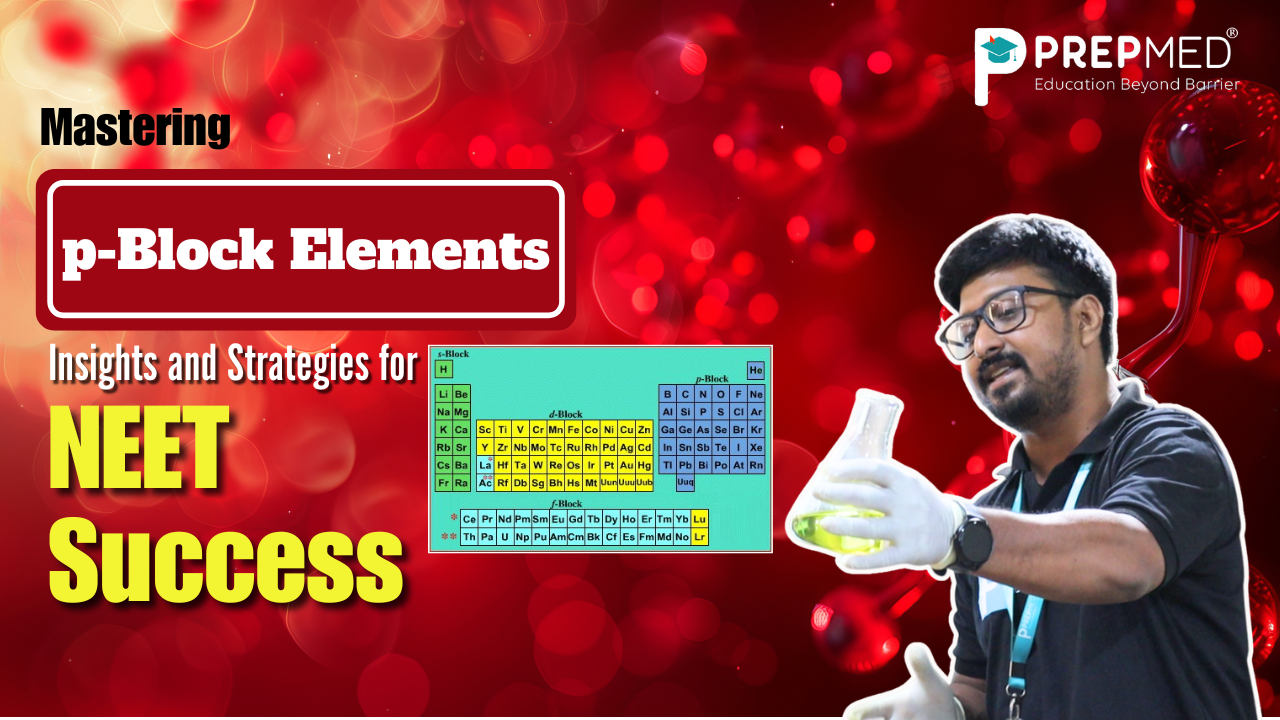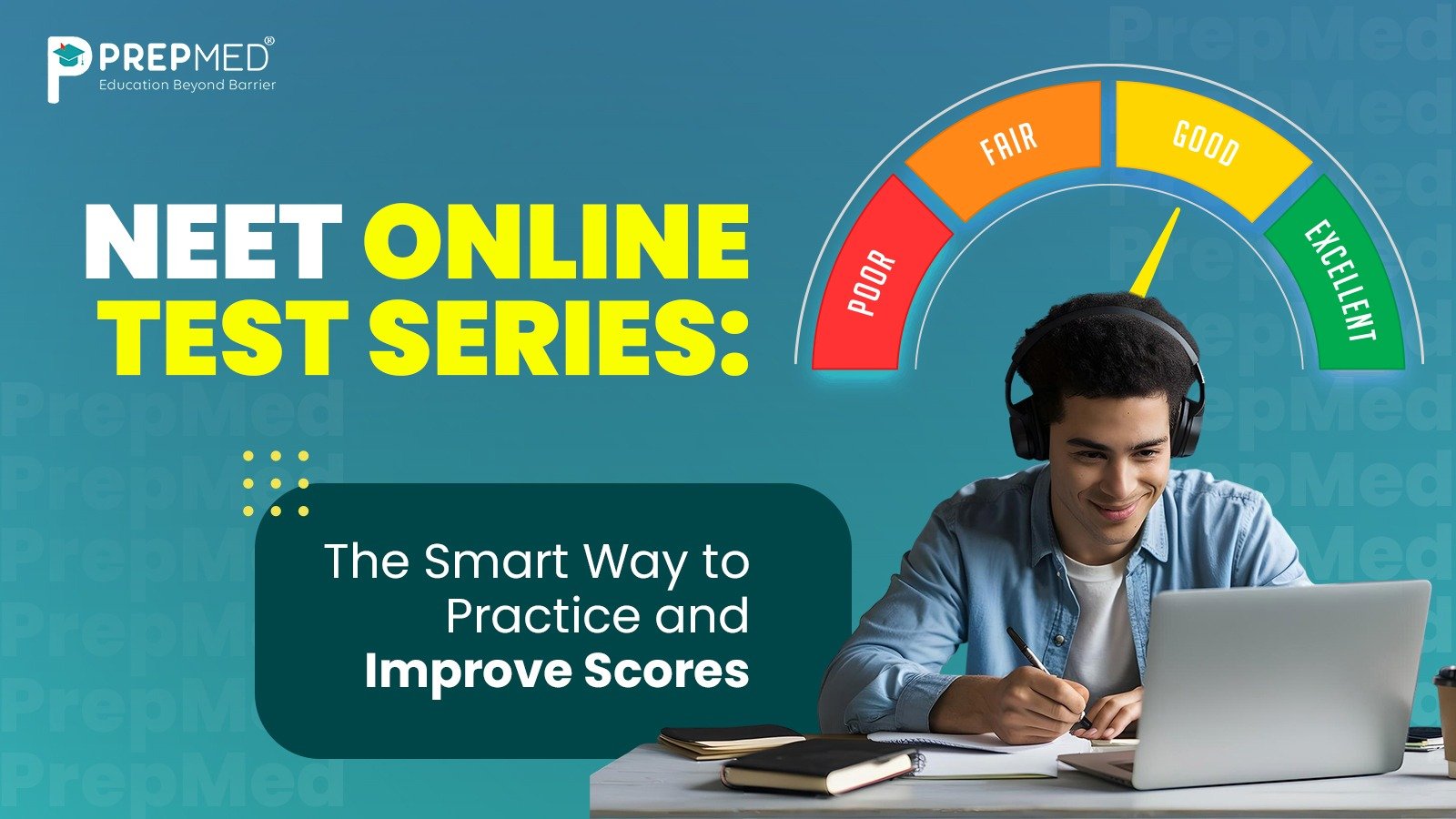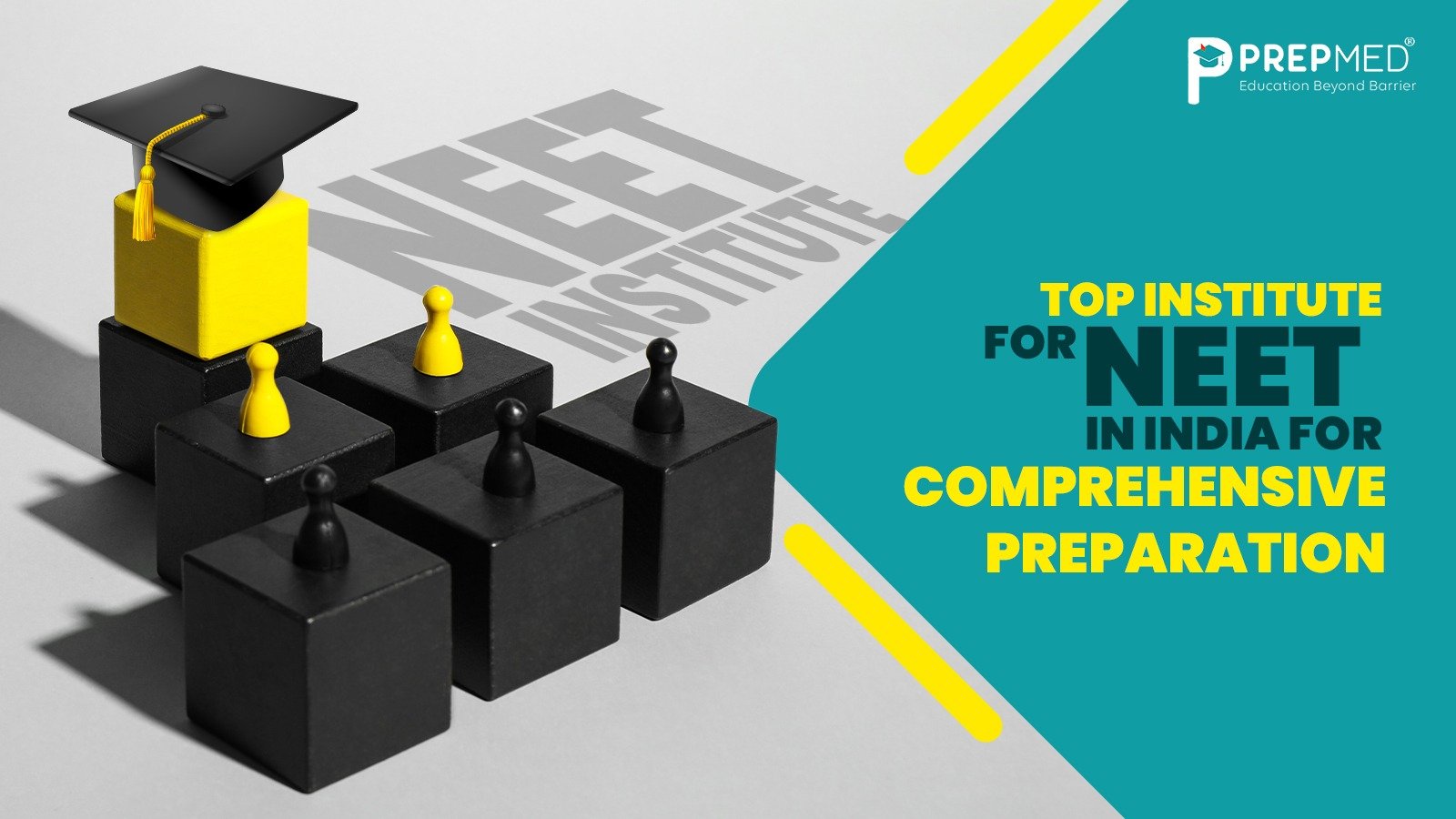January 22, 2025
Mastering p-Block Elements: Insights and Strategies for NEET Success
Chemistry proves to be a major part of students preparing for competitive-level NEET examinations. Covering groups 13 to 18, these elements are discussed in the periodic table in different chapters of Chemistry NCERT.
Here, we are going to discuss the characteristics, importance, and preparation strategies for the p-block elements all of these ensure that you are well-prepared for the NEET exam itself.
Understanding p-Block Elements
The p-block elements are those in which the last electron occupies one of the three p orbitals of its corresponding shell. They are in groups 13 to 18 of the periodic table and include various elements from metals to nonmetals and metalloids. These elements have an electronic configuration that varies from (except helium), implying filling of the p subshells.
Key Characteristics
Valence Electrons: Valence electrons of p-block elements are found in the p orbital and are the defining feature of p-block elements.
Diversity: The p-block includes:
- Group 13 (Boron Group): It contains metals, like aluminum, and nonmetals, like boron.
- Group 14 (Carbon Group): Carbon, silicon, and germanium are essential in organic chemistry, and the features include these elements.
- Group 15 (Pnictogens): It includes nitrogen and phosphorus necessary for biological processes.
- Group 16 (Chalcogens): It comprises oxygen and sulfur, essential for life.
- Group 17 (Halogens): It contains highly reactive nonmetals like fluorine and chlorine.
- Group 18 (Noble Gases): Inert gases such as helium and neon.
Physical Properties:
In general, p-block elements show physical properties such as:
- Low boiling points and poor conductors are characteristic of nonmetals.
- All elements in this block are metals, although they exhibit very different properties. Most of the metals have higher melting points than the nonmetals.
- Block elements form the most critical part of any chemistry curriculum, especially competitive exams like NEET.
NCERT textbook is highly structured and inclusive in terms of understanding these elements, which holds a great place in theoretical knowledge and practical applications in all fields.
Chapter Breakdown
The study of p-block elements is organized in the NCERT textbook into several important sections, which make the study of p-block elements easy to understand. Here are the main topics covered:
Atomic Structure:
How electrons fill the p orbitals is necessary to understand the chemical properties and reactivity of p-block elements. The general electronic configuration for these elements is ns2np1 to ns2np6. There are exceptions (except for helium), which has up to six electrons in its outermost p subshell.
According to the text, the shape and energy levels of the p orbital are given importance as to how these elements will interact with each other.
Trends in Properties:
- Atomic Size: Atomic size decreases as you move across a period from left to right due to increased nuclear charge, which pulls electrons closer to the nucleus.
- Ionization Energy: Across a period, the energy required to remove an electron increases, while down a group, it decreases. This trend is essential for understanding reactivity.
- Electronegativity: It increases up a group, whereas down a group, it decreases. Thus, it influences the bond formation and the overall structure of molecules.
Group-Specific Properties:
There are many differences in the properties of each group of the p-block (Groups 13 to 18).
- Group 13 (Boron Family): Here, the focus is put on the metallic nature of aluminum along with the nonmetallic nature of boron.
- Group 14 (Carbon Family): This demonstrates how carbon can be so versatile in forming organic compounds.
- Group 15 (Nitrogen Family): Discusses the properties of nitrogen that allow it to form multiple bonds and how it differs from heavier members.
- Group 16 (Chalcogens): Look at oxygen's role in life-sustaining processes.
- Group 18 (Noble Gases): Their inertness and their uses in light and other technological applications.
Study Techniques
In order to learn about p-block elements effectively, some of the suggested study techniques that you can use are given below:
Reading Actively
Read the material actively by underlining important points, terms, and concepts as you read. In this way, you will be re-reading what you have learned and remembering it. Underline important definitions, trends, and examples from the text.
Use textbook diagrams, charts, and tables to explain electron configurations, periodic trends, and group-specific properties. The visualization tools might help to easily memorize such complex concepts and serve as a ready reference in the process of revision.
Summarization:
Spend time summarising the section or topic in your own words after you study the section or topic for yourself. Not only does this make you remember what you are learning, but it also allows you to see where you need to study or get more clarification.
Practice Questions:
Practice questions or end-of-chapter exercises on p-block elements will reinforce your learning and prepare you for exam-style questions.
Group Study Sessions:
Discussion and explaining concepts to one another with peers can help increase understanding. In group studies, you can also learn other perspectives on difficult issues.
Additional Insights
- Real-World Applications: The knowledge of p block elements goes beyond theory; it has applications in the fields of materials science, environmental science, and medicine. For example:
- Industrial lubricants and jewelry are only a few of carbon’s allotropes (graphite, diamond) applications.
- As a semiconductor material, silicon is key to electronics.
- Interconnectedness with Other Chemistry Topics: Instead of seeing p-block elements as fragments of some other chemistry, we can recognize how they fit in other areas of chemistry, such as organic chemistry (carbon compounds) or inorganic chemistry (metal oxides), to gain a more holistic understanding of their importance.
Use of Multimedia Resources
You should browse educational videos about p-block elements for a proper understanding. Thousands of YouTube videos explain complicated concepts word for word, as in the NCERT textbook, and depict what you are studying on the screen.
How to Effectively Consume the p-Block Elements Chapter for NEET Preparation
The p block elements are a major part of the NEET Chemistry syllabus from groups 13 to 18 of the periodic table. This chapter is very important to master to get a good score on the exam. This chapter has been structured so that you can effectively study and consume it to improve your preparation.
Understand the Structure of the Chapter
You first need to understand the chapter on the structure of the p-block elements from your NCERT textbook.
Important focus areas are:
- Electronic Configurations
- Periodic Trends
- Group-Specific Properties
Active Reading and Note-Taking
- As you read through the chapter, interact actively with the content:
- Highlight Important Information: Color-code definitions, trends, examples, etc., with a marker.
- Take Notes: Summarize all sections of your own. This will help you remember information while doing revisions.
Use Visual Aids
- You will understand better with these visual aids.
- Diagrams and Charts: Obtain diagrams from your textbook that detail electron configurations and periodic trends. You can make charts to help you visualize relationships between different elements.
- Mind Maps: Mind maps help connect p-block elements. They support active learning and show how different pieces of information relate to each other. Practice with MCQs Regular practice with multiple-choice questions (MCQs) is very important for NEET preparation.
Targeted MCQs
- MCQs on p-block elements only. It will familiarize you with questions that may be asked in the exam.
- Review Past Papers: Read previous NEET exam questions for this topic to see what patterns and question formats are common.
Key Points for NEET Preparation: p-Block Elements
Preparing for the NEET Exam requires a strategic approach, and when it comes to p-block elements, one should be prepared for it. In this section, we will provide an in-depth analysis of weightage, commonly asked questions, effective study tips, and some more resources to aid you with your preparation.
Weightage Analysis
Questions about p-block elements form around 6% of the questions in the NEET examinations. This portion is quite big compared to the overall structure of the exam, and every mark matters. This may seem like a small percentage to master, but improving your score with this topic can add up. It helps you know how much to study.
Study Tips
Study tips for preparing questions on p-block elements
Practice Regularly:
- Practice the past year's papers on p-block elements to understand the patterns of questions asked and know what concepts are frequently tested. The more you practice, the more familiar you will be with the NEET question paper format and style.
- This would help you achieve speed with accuracy under pressure, and you'd know where you need to go back and revise more.
Supplementary Resources
- For further studying of p-block elements, use these recommended study resources.
- NCERT Chemistry Textbook: This is the primary source for learning the basic concepts of p-block elements.
Conceptual Clarity:
Before you tackle complex problems, make sure you understand the basics. The basics will help you understand advanced topics and application-based questions more easily.
Time Management: Set aside time slots for studying different groups within the p-block so that the entire p-block is covered. Make a timetable that allows you to revisit each group repeatedly to continue learning from it over time.
Utilize Mnemonics: Learn how to create mnemonic devices to remember key facts about groups and their properties. For instance, use acronyms or rhymes to remember oxidation states or common compounds.
Increased Resources
To supplement your learning on p-block elements, consider utilizing these recommended study materials:
- NCERT Chemistry Textbook: This will be your major source for the basic concepts of p-block elements.
- Reference Books:
- Atkins's "Physical Chemistry" goes further into the chemical principles.
- Morrison & Boyd's "Organic Chemistry" is excellent for digging into carbon compounds.
Online Learning Platforms:
PrepMed provides NEET preparation courses tailored for them. The resources include video lectures, practice tests, and expert guidance, which can help you understand p-block elements topics.
Conclusion
Lastly, knowledge of p-block elements is important not just for cracking the exam but also for setting up a strong hold in chemistry that will prove beneficial later in your academic life. It builds up your problem-solving skills and leaves you feeling more confident on the day of an examination.
Click here to watch PrepMed's complete YouTube video on p-block elements.
It will make you understand and visualize these concepts much better, and it will be helpful with the valuable insights and explanations that it can provide.







